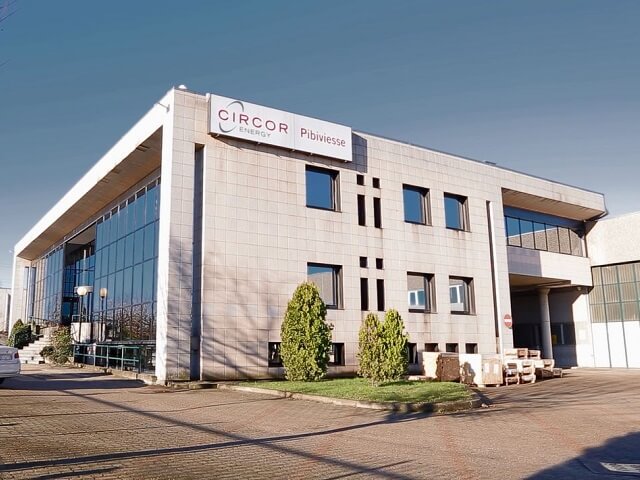An international engineering company headquartered in South Africa, the DCD Group is comprised of 12 business units in four different divisions: rail, mining and energy, marine and defense, with some companies in the group having been in operation for over 100 years. As a highly respected industry leader, DCD is always looking for innovative ways to provide top engineering services.
Dawie Marais, General Manager Support Services, had a vision to find an enterprise content management (ECM) solution that would eliminate administrative lags, improve the efficiency of business functions and add true value to the company. “It just made sense from a cost, support and maintenance standpoint to choose one ECM system that has flexible business process management tools that could be deployed in all our departments,” explains Marais.
Having one comprehensive solution like Laserfiche meant that we only have one system to oversee. We could cut down on the need for support, eliminate the extra time spent on overlapping systems, increase staff’s productivity and allow information accessibility throughout the enterprise—it was the most cost-effective choice.
Streamlining HR, saving $150,000 per year
The same contract employee may be re-hired up to four times a year at DCD’s Marine Division, depending on the amount of projects and the different skills needed at specific stages of each project. Over a short period of time, DCD’s contract staff can fluctuate between 300 and 2,500 employees, with most contracts lasting 90 days or fewer. Each year, 2,000 to 5,000 contracts are processed.
The huge amount of records associated with hiring and managing this temporary staff created a time-consuming and difficult administrative workload for HR staff. “Before implementing Laserfiche in our HR department, onboarding a new employee took 45 minutes,” Marais says. “Now, it only takes 15! Having Laserfiche has empowered our staff and made their work so much more efficient. They no longer have to search through stacks of employment records just to find something—all the files are now digitized.”
By using Laserfiche Forms and Laserfiche Workflow, the HR department was able to reduce the steps in the onboarding process for both staff and applicants.
- The need for printing multiple paper documents was eliminated as applicants can use Laserfiche Forms to enter their information on a computer at the HR office.
- Populated forms are directly routed into the Laserfiche repository by Laserfiche Workflow.
- For new contracts, new folders are automatically created. For re-hired employees, existing folders are located and automatically updated, reducing the risk of errors and centralising the data.
- To simplify change management and improve staff adoption, HR staff continued work from their existing human capital management system. Laserfiche is integrated into the back-end to help minimise time-consuming and manual administrative work.
- Employee records are digitised and scanned into Laserfiche, freeing up physical storage space.
- Authorised personnel are granted appropriate access to employee records, improving the flow of information.
With Laserfiche, we speed up our employment process, saving at least $150,000 a year and reducing administrative work by 50%,” Marais explains. “HR staff at DCD Group feel empowered by Laserfiche—it lifts a lot of pressure off our staff. There were minimal disruptions during the implementation since we could retain the familiar user interface; there were no additional username and passwords to remember; employee records are all scanned, making searches simple; and all employee details are now secure and in one, easy-to-find location.
Making purchase requisition paperless from start to finish
Before implementing Laserfiche, purchase requisition at DCD Group was a paper-based process, where employees manually searched for expense codes and descriptions before filling out each request by hand. This process was prone to mistakes; hand-written requests were difficult to read, and there were a lot of easily damaged paper documents. The approval process was also time-consuming, as the employees had to physically track down the appropriate manger to get approval.
Using Laserfiche Workflow and Laserfiche Forms, DCD Group succeeded in making the entire purchase requisition process paperless, increasing efficiency and productivity. Thomas Matthee, Manager Systems Development and Implementation, adds, “Laserfiche simplified the purchase requisition process. Staff used to have to run around trying to find the right person for authorisation. Sometimes the managers just weren’t available and there were times where the requests didn’t even get looked at or they got lost. Now, everything is transparent.”
The new, streamlined purchase requisition process works as follows:
- Requests are now made through Laserfiche Forms, where departments and expense codes can be easily selected through drop-down lists, reducing administrative work and minimising errors.
- Laserfiche Workflow sends the appropriate manager a notification of the request and directly routes the populated forms for approval.
- Once approved, the workflow will automatically route the request to completion.
Matthee notes, “I would estimate a minimum of 15 minutes per requisition is saved by using Laserfiche, boosting staff productivity. Employees now spend less time on administrative tasks, and they don’t have to file extra paper work or worry about lost documents. With Laserfiche, automating business processes is so easy.”
Producing efficient and compliant project documentation
For the manufacturing process in the mining and rail sectors, mandatory certifications are done through the submission of data packs, which contain testing information, documents, welding certificates, drawings, and quality assurance information. It was a constant challenge to manage the data packs, which could involve anywhere from five to 50 boxes—all ordered by date and free of duplication.
Before we implemented Laserfiche,” says Marais, “the administrative work involved was a nightmare to handle. It was difficult to keep track of the versions of the documents and also the duplications. And once we’d organised the paper documents, we’d have to send all of the boxes over to our clients. There was too much room for error and damage during the whole process.
He explains that DCD Group needed to find an ECM solution that would meet the company’s stringent quality assurance standard while decreasing the administrative burden placed on employees. “Today, all data packs are submitted electronically, which increases document security while decreasing costs. We also have a check in/check out process where only one copy of the most up-to-date document is stored in the Laserfiche repository and only one person can update it at a time,” says Marais. “By digitising and automating this process, we’ve improved productivity and boosted staff morale.”
Driving efficiency across the organisation
Marais particularly appreciates that Laserfiche is not limited to one department. “Laserfiche’s deployment flexibility made it easy for us to implement it in multiple departments, including Human Resources, Sales and Marketing, Quality Assurance, Scheduling, Project Management, Planning, Buying, Finance and Maintenance,” he says. “At DCD Group, we believe it is important not to chase technology but to find a technology that truly adds value to our company. With Laserfiche, we continue to increase our overall operational efficiency and gain more value from the system.”
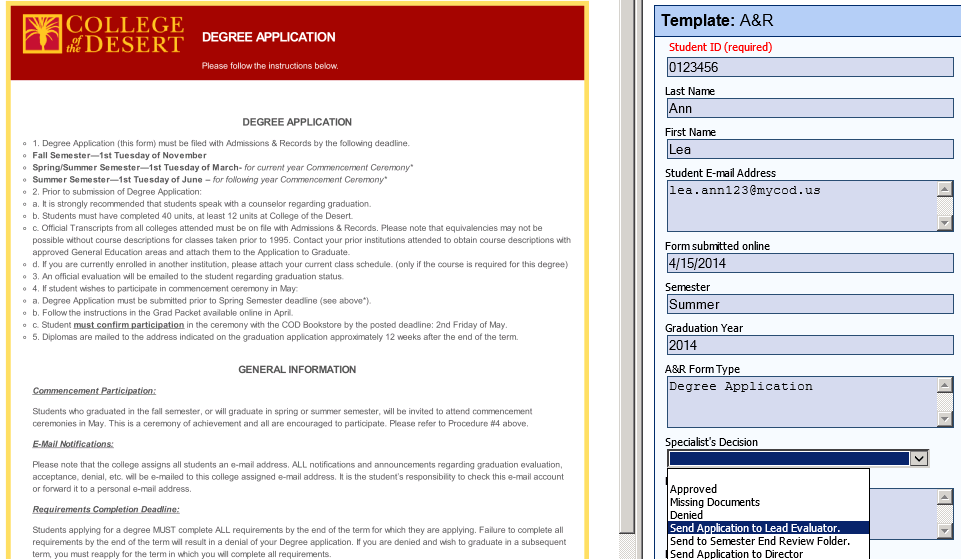

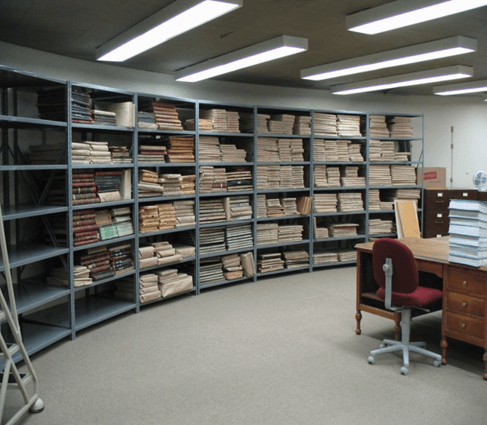
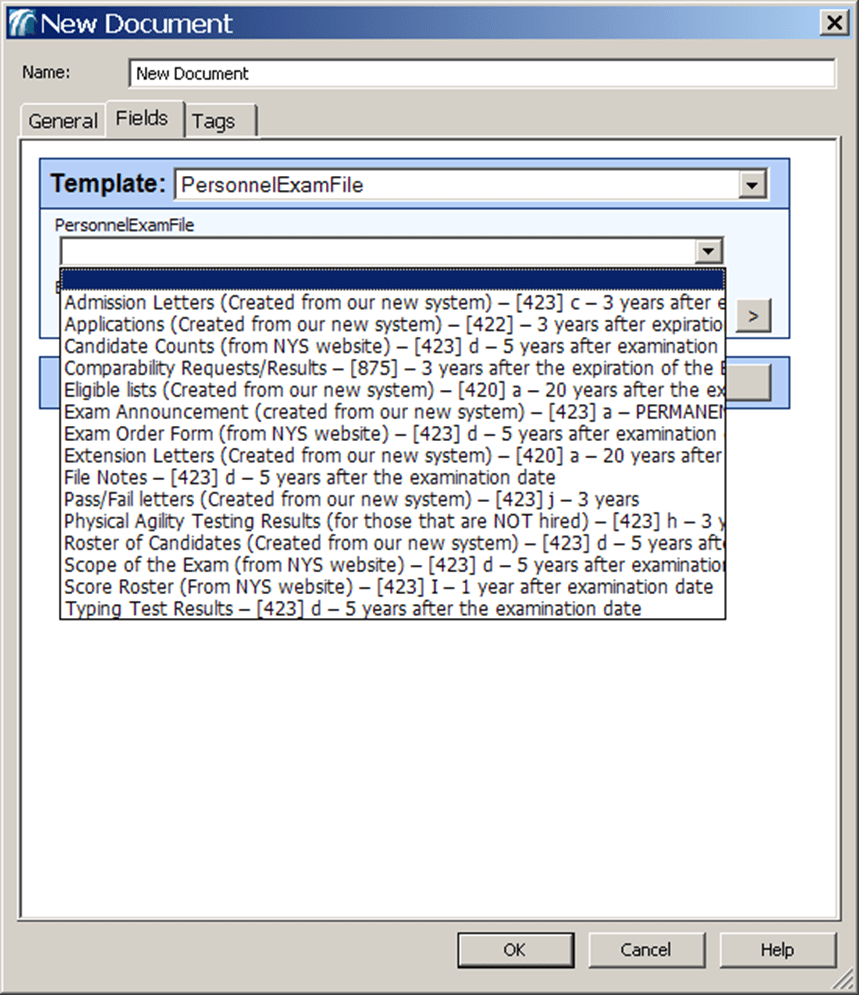



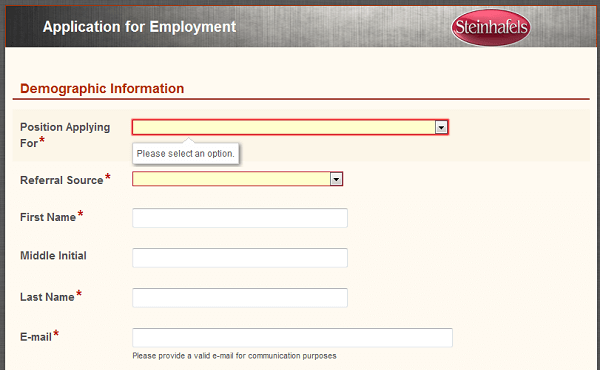

 “This process saves time on administrative tasks and provides immediate document access from any of the bank’s branches. For example, if a customer questions a check, the signature card can quickly be found in Laserfiche and a copy of the signature can be instantly retrieved for verification.
“This process saves time on administrative tasks and provides immediate document access from any of the bank’s branches. For example, if a customer questions a check, the signature card can quickly be found in Laserfiche and a copy of the signature can be instantly retrieved for verification.


